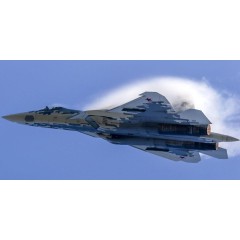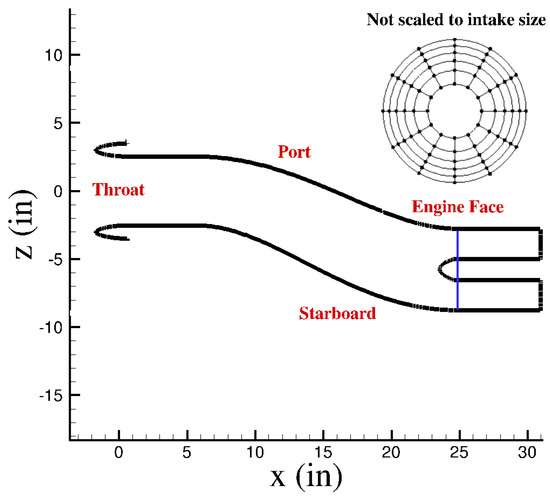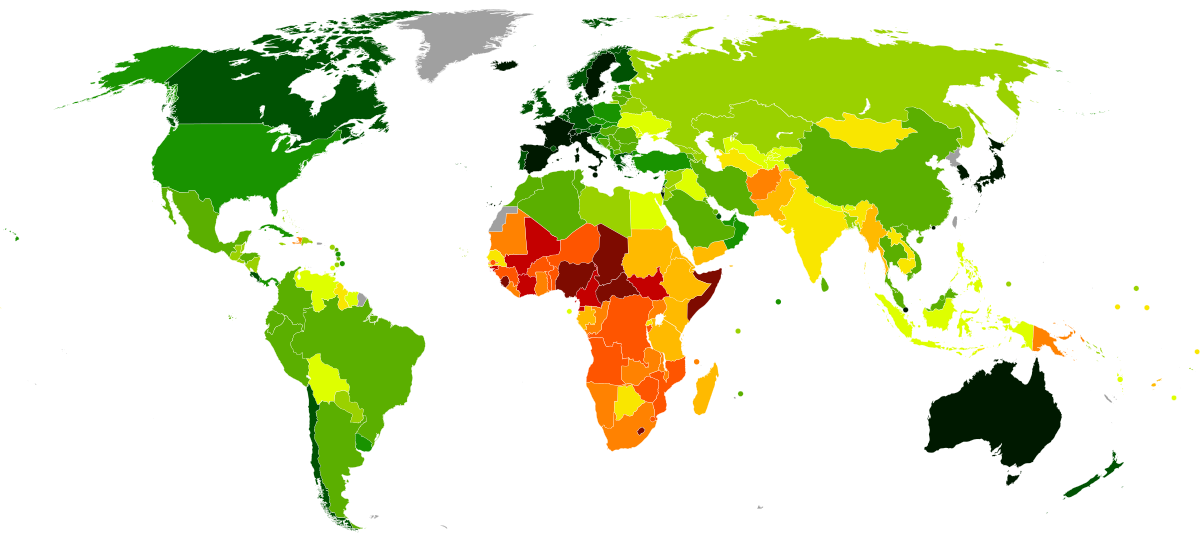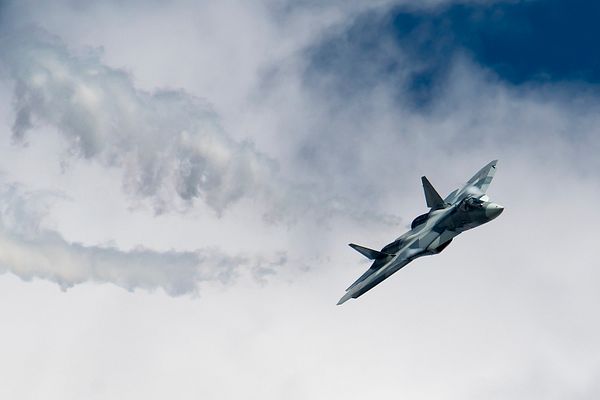MiG-29SMT
New Member
- Joined
- Jan 12, 2020
- Messages
- 4,124
- Likes
- 5,108
typical east asian assumption of Superiority over Russia, there is a few technical question you should know.1. They are the compensation sfor the no-good design toward stealth.
Neither original F18 and F16 are designed for stealth capability, that's why they are testing this kind of intake. What i m surprised is that Su57 as an 5G still need such compensation after 10 yrs.
2. I wanna hear your POV that, why India quit the Su57 project after invested massively on it. If it's really has such powerful desgin and stealth capability.
X-32 needed excellent flow, do you know why? well X-32 was a V/STOL design, thus needed high quality flow, the solution was a straight duct, same as Su-57 that over stresses good air quality in the tunnel.
Radar blockers are used when you need high quality air.
F-35B has a intake above the fuselage to add air, X-32 did not need that so a straight duct was founded better
J-20 while presented by fantasy as a Mach 2.5 fighter, in reality top ups around 1.8 Mach due to intake design.
Su-57 has a truely Mach 2.5 intakes but if you go faster the quality of the air goes down.
A long duct generates like any surface a boundary layer, longer the duct thicker boundary layer.
S ducts are longer, an ideal duct is straight for a high speed machine
If you look at this MiG-25 you can see it has a straight duct.
F-15 the same
Tomcat the same.
So I will tell you what you can not see.
Su-57 is designed to be faster and more fuel economical than F-22.
a better air intake means a better engine combustion.
J-20 is designed like F-35 for low speeds specially if it uses Al-31, it means 1.8 Mach at the most with no supercruise capability now.
With WS-10C maybe might catch up with Su-35.
But in reality Su-57 is faster, having Type 30 and variable geometry intake with less curved and shorter intake duct means It will supercruise better and fly faster.
Last edited:








